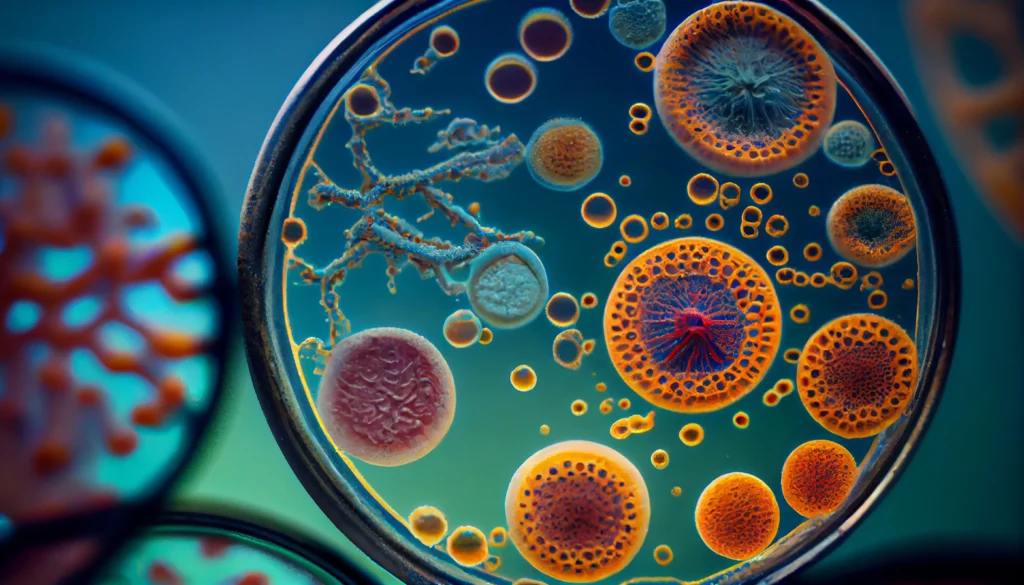Microbiology
Introduction
Microbiology
Microbiology means the study of microbes or microorganisms, which are defined by Wikepedia as “any microscopic organism that comprises either a single cell (unicellular), cell clusters or no cell at all (acellular)”.[1] Microbiology testing covers a wide range of studied subjects including but not limited to bacteria, fungi, parasites, algae, enzymes and viruses.
Although we often fear microorganisms because of their association with so many human illnesses, there are as many that are beneficial. Our bodies depend on microorganisms in the form of good bacteria to help us digest food. Microorganisms are at least in part responsible for ridding of our planet of waste. And probiotics and prebiotics are thought to improve our health by helping our digestive system.
But when we think about microbiology testing, we are usually not thinking of the good microorganisms, but rather the bad ones such as those that cause serious human illness.
Microbiological tests include:
- Pathogens
- Salmonella
- Listeria
- E.coli 0157
- Campylobacter
- Shigella
- Vibrio
- Typical enumerations
- Cl. perfringens
- Coliforms
- E.coli
- Enterobacteriaceae
- Pseudomonas aeruginosa
- Staphylococcus aureus
- Total Viable Count (TVC)
- Yeast and Moulds
Treatment
Proper specimen collection and transport are vital to providing valid microbiology test results. Please follow these general guidelines when obtaining, storing, and delivering specimens for analysis:
- Always explain specific specimen collection procedures to the patient.
- Use a sterile container and practice good aseptic technique.
- When using a culturette, make sure that the swab has been properly reseated to saturate the swab with the medium. This aids in the preservation of organisms. Also, check the expiration date of the culturette.
- All specimen containers must be properly sealed for safe handling.
- Place the specimen in the sealable portion of the biohazard specimen transport bag. The Test Requisition should be placed in the outer pocket and not with the specimen. This will help eliminate potential contamination of the form.
- After the specimen is obtained, it should be stored properly and delivered promptly to the laboratory.



